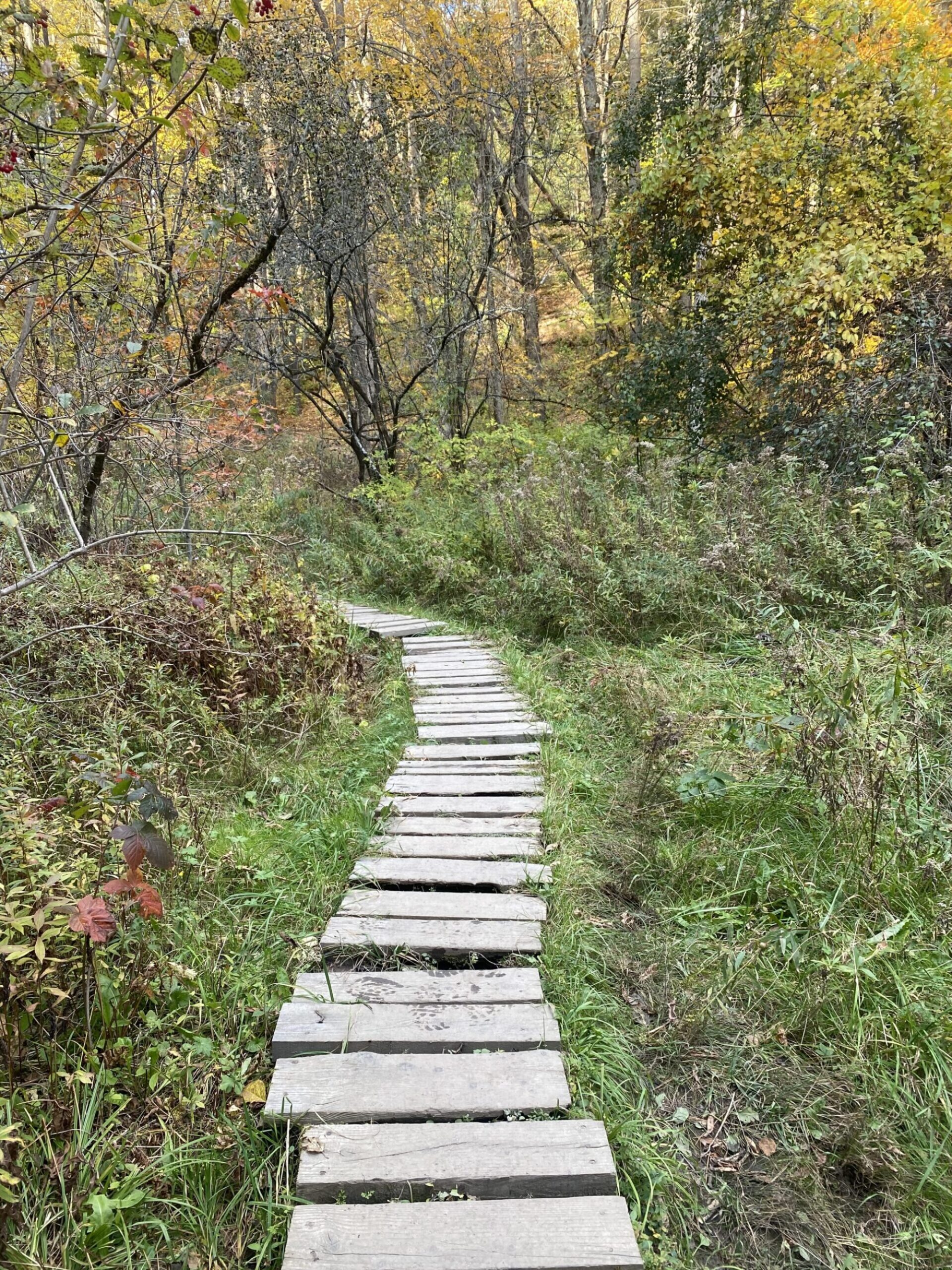I have thoroughly enjoyed this assignment, it has given me opportunities to understand phenology through my own thoughts and observations. A chance to understand how quickly and dramatically the land can change and does every year. I have been able to put my tree and plant identification skills to the test while using other resources to assist me.
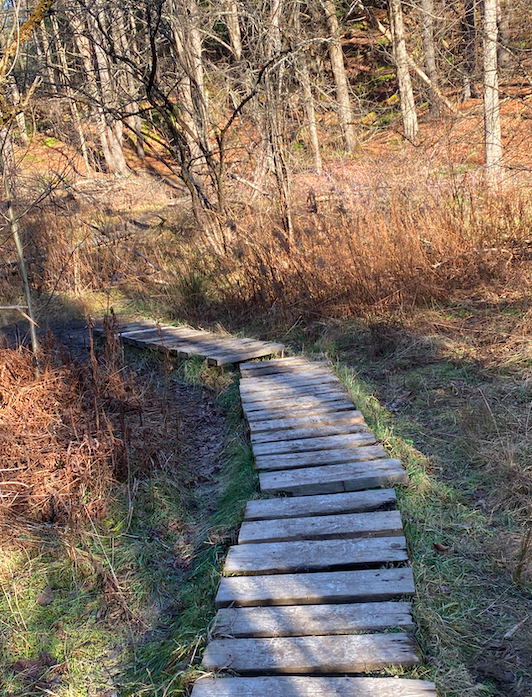
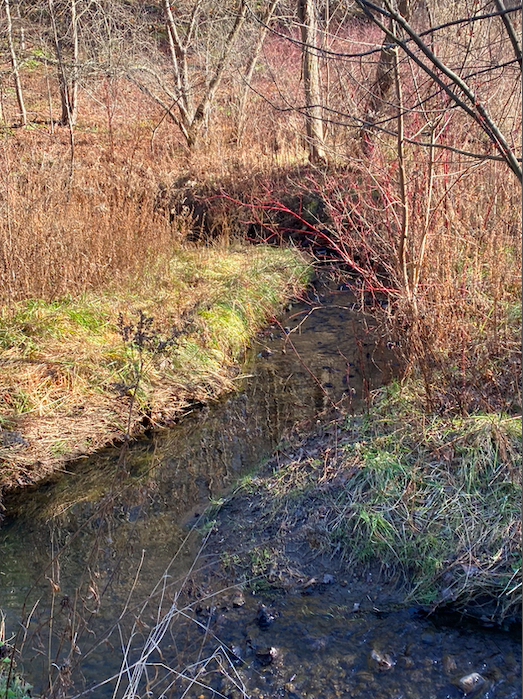
For my final trip to my spot, I decided to sit and take it in for a few minutes before I began to write and take notes. What I find most important about this is to connect with the world, while we are exploring and observing this world, and this spot specifically, it is important to enjoy and embrace it first. Sitting there I found a wind chill that would brush past the uncovered parts of my face. At a harsh 29 degrees Fahrenheit, it was much chillier than the last time I went. Therefore, there are many opportunities for change to occur. On the way to the spot and around it, I saw remnants of the last frost, with little frost bitten patches dotted about. However, the sun was much too apparent for much of the frost to remain. The soils were not frozen, this was very evident in the muddy footprints surrounding and in my phenology spot itself. This trip was pretty peaceful despite the very disturbing sounds of the aircrafts filling up the skies above. Not only was this to my displeasure but it was also very disturbing to the birds where previously were pretty quiet. These sounds caused them to call and grow more active, while it was nice to hear their voices I do feel remorse for the constant human disturbances to their lifestyles.
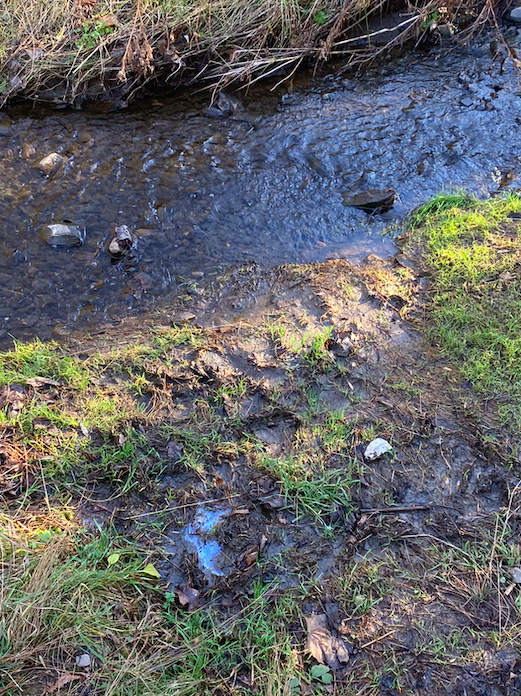
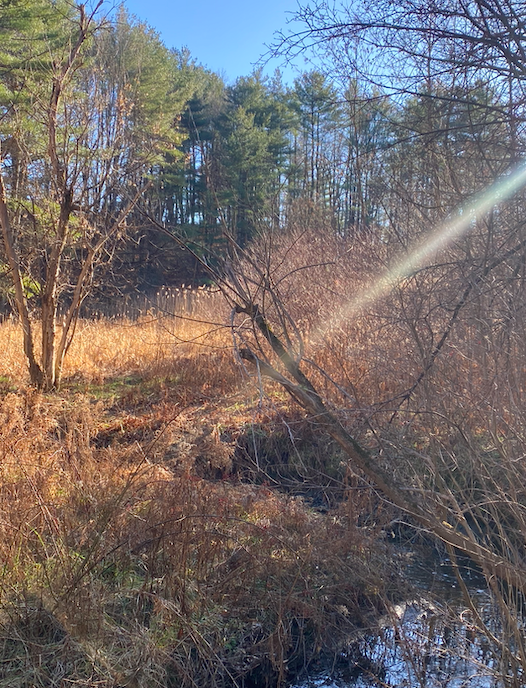

Some main phenological differences I noticed in my spot include the leaf litter and what is left of the vegetation on the ground and on the trees. In terms of the leaves on trees, I noticed that there were little to no leaves left on the trees, only a few crumpled leaves on the Guelder-rose bush behind the path. Speaking of the Guelder-rose bush, this was the bush that also happened to have some very prevalent berries remaining. These berries were bright red and in bunches, which was a stark contrast to the barren twigs surrounding it. The leaves that were on those trees and bushes are now all on the ground. But this leaf litter is much different from what it was last time. It is not as fluffy and fresh as it had been when they first fell. Now they are much more squished to the Earth and sodden. These flatter and weaker leaves are indicators of decomposition which definitely indicates the presence of decomposers. A little farther away, there are persisting intermediate wood ferns, which does live true to the naturally curious December excerpts, so that’s the little bit of green that persists here besides the needles of the conifers.
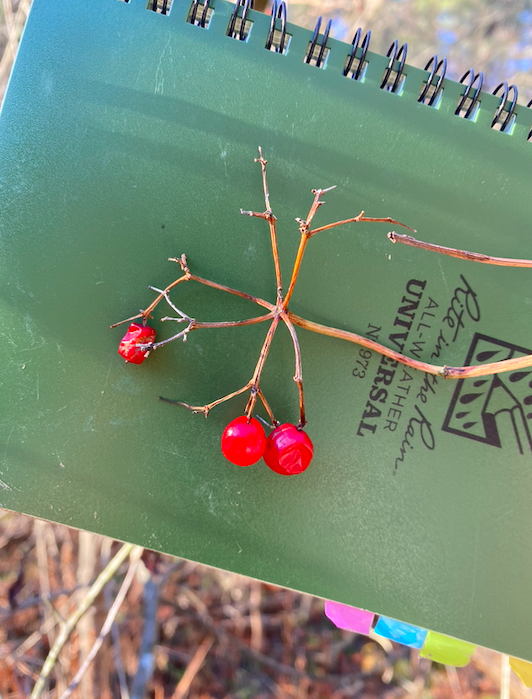
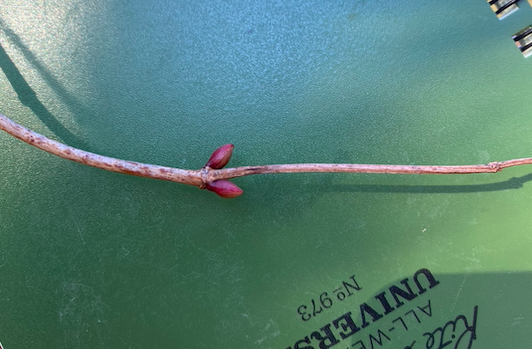
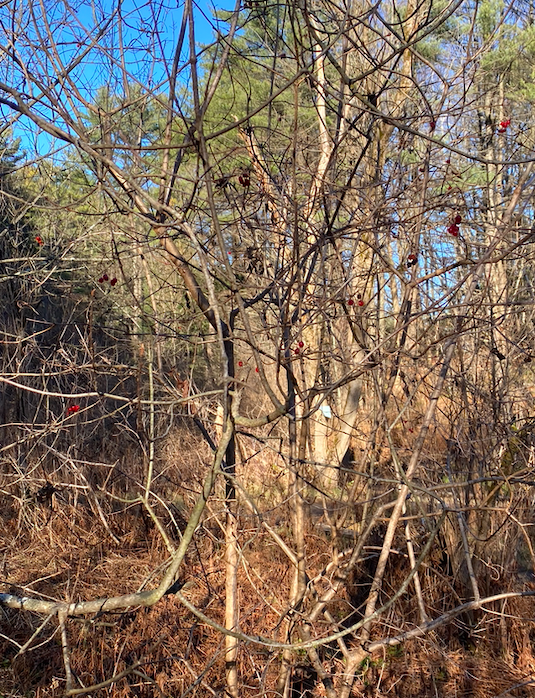
In terms of animals, like much of my other posts, there haven’t been many indicators of animal presence. Considering how close my spot is to the path, this isn’t much of a surprise. However, as I had mentioned earlier, there was less bird presence. In other posts, I had mentioned the usual presence of birds. But this time, I could see much less of the birds and could certainly hear them less. Last post, I had included a picture of what seemed to be cocoons. In returning to the spot where they were, I checked the tree they were attached to a found they were no longer there. This tiny difference is what phenology is all about; animals and factors of an ecosystem that all undergo these changes all contribute to and are affected by these seasonal changes. So while I cannot see any apparent animal tracks or scat, I am aware that these changes are still occurring all around my phenology spot and Centennial Woods.
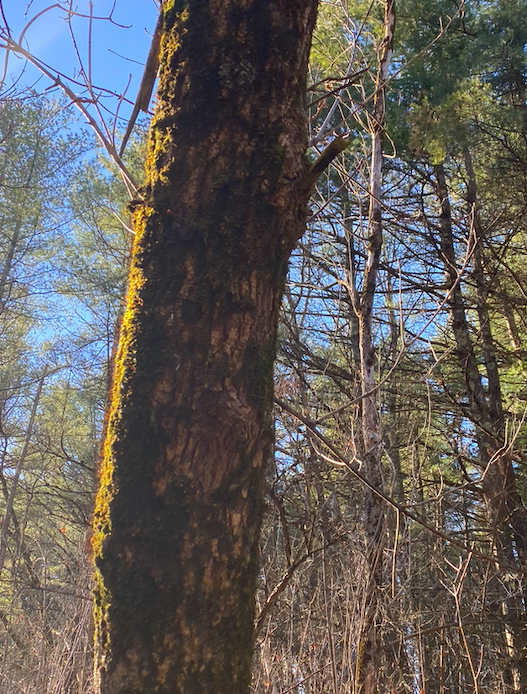
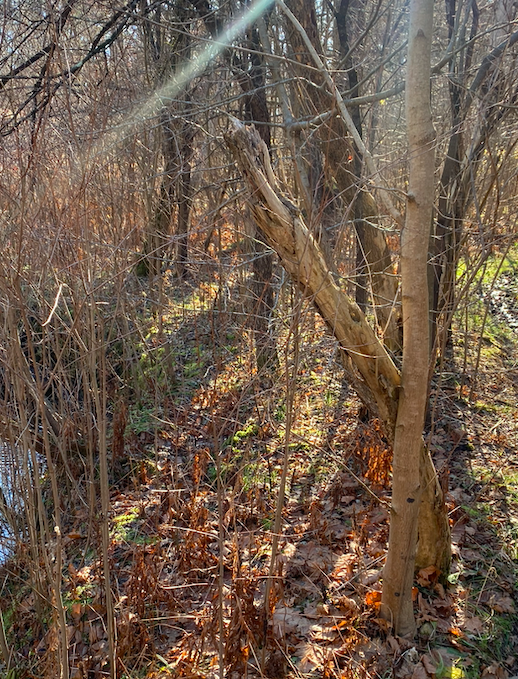
What I love most about the spot I chose is the stream. That was something that I had really wanted to incorporate in whatever spot I chose when we were looking. I was very curious to see how the stream ecosystem changed with the seasons. Especially to see if I would freeze over or not. Now, we haven’t gotten far enough into winter to come close to experiencing or seeing that happen. But the surrounding phenological changes were fascinating nonetheless. Something else I really loved was the diversity of trees and woody plants around my chosen area. While immediately next to where I would sit was a Norway Maple and a silky dogwood, when I would look up I could see my clearing framed by coniferous trees. It’s amazing how dynamic one little location can be when you really look around. With the knowledge that I’ve gained about this land and about Centennial Woods specifically, I have really been able to appreciate it more.
